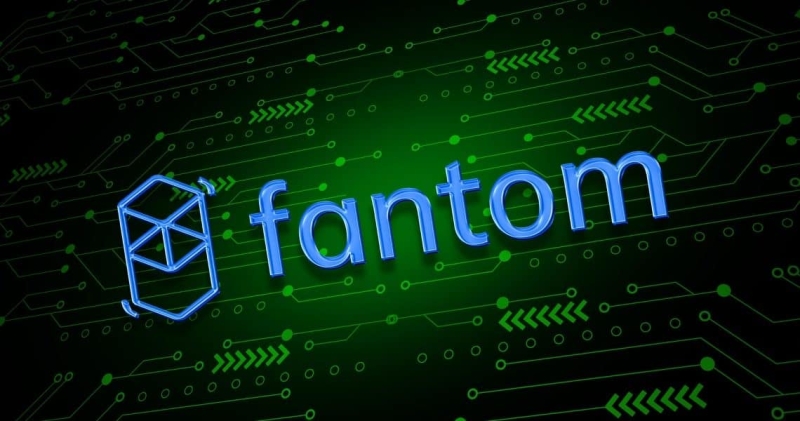Contents

The Fantom Foundation, a prominent player in this space, recently caught the attention of the crypto community with its intention to integrate optimistic rollups to establish a connection between Fantom and Ethereum blockchains.
This move has ignited debate about the nature of Layer 2 solutions, with co-founder and architect Andre Cronje offering a unique perspective that challenges conventional understanding.
Fantom tries to bridge Ethereum new modalities for the crypto community
Last month, the Celo network grabbed headlines by unveiling a plan to transform its tier 1 blockchain into a layer 2 solution on the Ethereum network through the use of optimistic rollups.
This strategic maneuver not only attracted considerable attention, but also led to an impressive 18% surge in the value of its native token after the announcement.
It demonstrated the market’s enthusiasm for layer-scaling solutions that leverage the Ethereum ecosystem.
In a recent interview with The Scoop, Fantom Foundation co-founder and architect Andre Cronje revealed that his team is actively exploring the integration of optimistic rollups to establish a link between Fantom and Ethereum.
This investigation includes various implementations, including Optimistic Stack and Arbitrum Stack, to understand how these canonical bridges use cryptographic evidence to increase security guarantees.
Cronje confirmed that it is seriously considering adopting one of these solutions as its canonical bridge.
If Fantom were to implement optimistic rollups and offer a complete transaction history on the Ethereum network, it would have to pay transaction fees to record these snapshots on the Ethereum blockchain.
The benefits of the new layer 2 implementation idea
Fantom Foundation CEO Michael Kong outlined the potential benefits of implementing Layer 2 technology in this way, noting how it would allow the Fantom network to tap into a larger pool of liquidity from the burgeoning Ethereum ecosystem.
This strategic move could open up new avenues for decentralized applications and financial instruments, as greater liquidity often leads to greater functionality and a better experience for users.
However, the crux of the issue lies in how Layer 2 solutions are defined. Cronje challenges conventional terminology and offers an analysis of Layer 1 solutions. Cronje challenges conventional terminology by arguing for a different perspective.
In his view, so-called Layer 2 solutions are essentially sidechains, and the technology behind optimistic rollups acts as a bridge between distinct blockchains rather than falling into the traditional pattern of a Layer 2 solution.
He recognizes that this distinction could be useful in improving functionality and user experiences. Cronje acknowledges that this distinction might seem semantic, but he is resolute in his position.
The crypto universe is full of innovations and technological experiments such as Fantom
Cronje argues that technologies such as optimistic rollups function as linking mechanisms that facilitate the secure movement of native assets between different blockchains.
However, he introduces a critical nuance: this security is compromised when multiple bridges connect the affected blockchains.
In essence, the enhanced security of optimistic rollups primarily benefits canonical assets within a specific blockchain, but loses its effectiveness when numerous bridge connections exist.
Cronje argues that such solutions are effective only when the blockchain is completely blocked, when other bridging mechanisms cease to function.
In an industry characterized by rapid innovation and evolving terminologies, debates such as the one sparked by Fantom’s potential integration of optimistic rollups are not uncommon.
The nuances of these discussions are not merely semantic, but reflect the ever-expanding horizons of blockchain technology.
Fantom’s exploration of this frontier indicates a willingness to experiment and push boundaries, even as it leads to conceptual debates that challenge established norms.
Conclusions
In conclusion, Fantom Foundation’s ongoing investigation of integrating optimistic rollups as a bridge between its blockchain and Ethereum shows the dynamic nature of the blockchain ecosystem.
The potential benefits of increased security and liquidity are undoubtedly enticing, but the semantic debate over whether such solutions qualify as layer 2 networks or rather serve as a bridge offers a fresh perspective that could influence future discussions in the blockchain community.
As the field continues to evolve, the adoption of different viewpoints and the reevaluation of established concepts will undoubtedly contribute to its growth and maturation.

